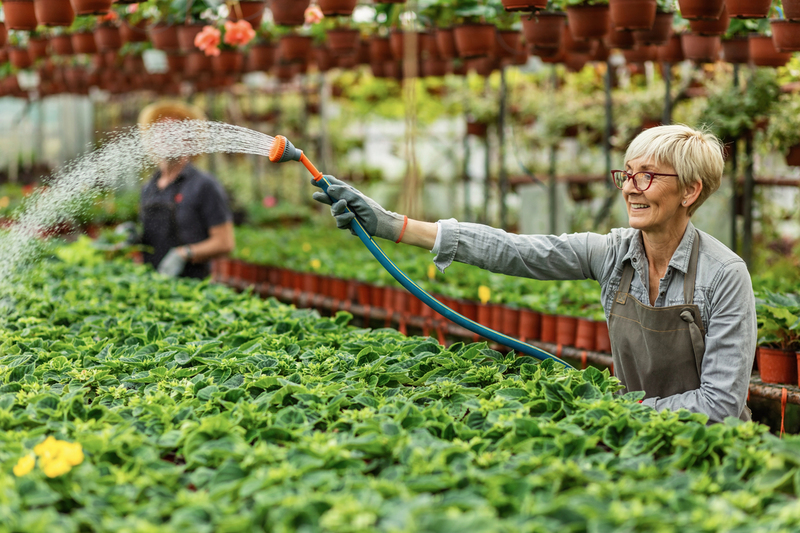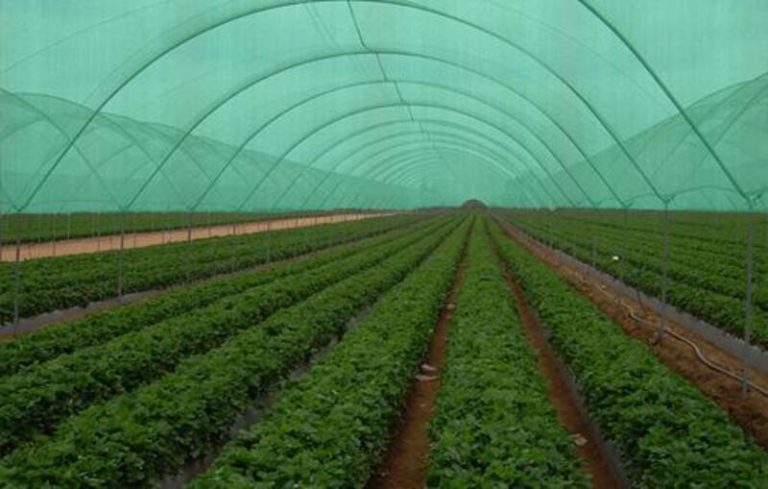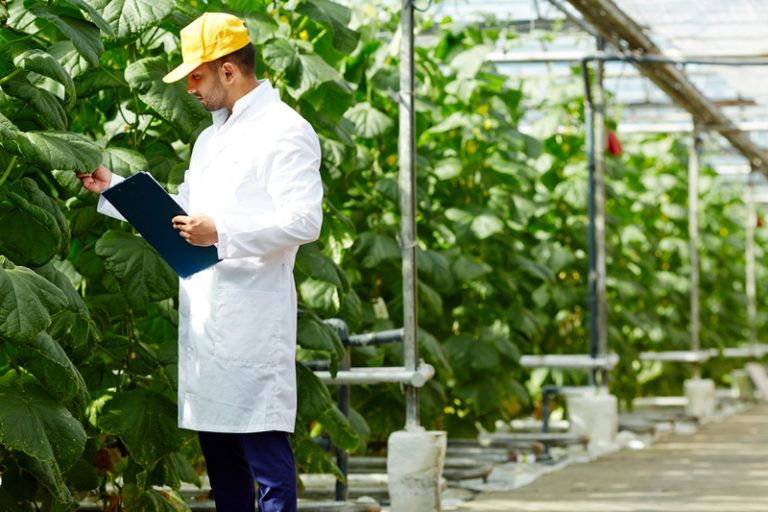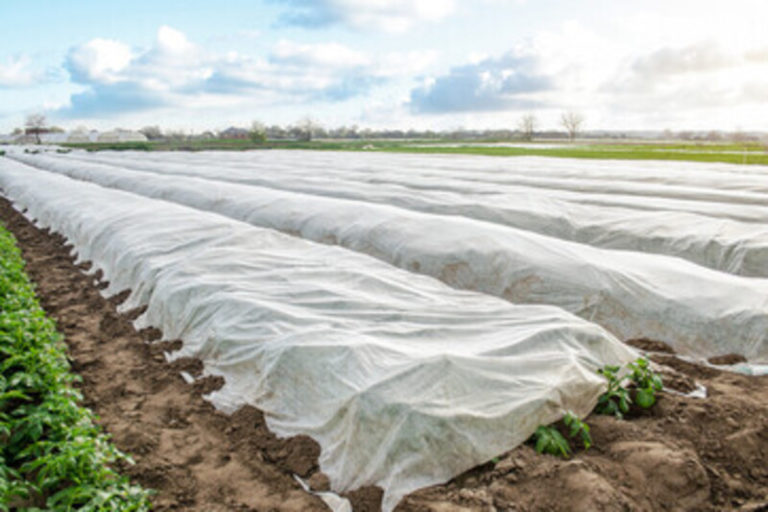Irrigation Systems: Maximizing Crop Yields with Efficient and Sustainable Practices
Irrigation systems are a critical component of modern agriculture, allowing farmers to provide water to crops when natural rainfall is inadequate.
Climate change is causing droughts to happen more often and be worse, so irrigation is more important than ever to keep food secure and keep crop yields stable.
In this article, we will explore the different types of irrigation systems, their benefits and drawbacks, and the best practices for designing and implementing an irrigation system that is both efficient and sustainable.
Types of Irrigation Systems
There are several types of irrigation systems that farmers and gardeners use to deliver water to crops or plants. The most common types of irrigation systems include:
Sprinkler Irrigation:
This system uses sprinklers to distribute water over the plants or crops. The water is sprayed over the plants in a controlled manner and can be adjusted according to the needs of the crop.
Drip Irrigation:
This system delivers water directly to the roots of the plants using a network of pipes with small emitters that drip water slowly and continuously. This type of irrigation is efficient and conserves water as it minimizes evaporation and runoff.
Surface Irrigation:
In this method, a field or garden is flooded with water and the water slowly soaks into the soil. It is best used for crops that can tolerate standing water and where the terrain is flat.
Subsurface Irrigation:
This system delivers water underground directly to the root zone using buried pipes or tubes. The plant roots slowly take up the water as it seeps into the soil.
Center Pivot Irrigation:
This system uses a rotating sprinkler that is mounted on a long arm attached to a central pivot. The sprinkler moves around the pivot, putting water on a large area of land evenly.
Lateral Move Irrigation:
This system uses a series of sprinklers mounted on a wheeled cart that moves along a track or hose, irrigating the land as it moves.
Manual Irrigation:
In this method, you use buckets, watering cans, or hoses to move water by hand to the plants or crops. This system takes a lot of work and time, but it works well for small gardens or places where there are no other ways to water plants.
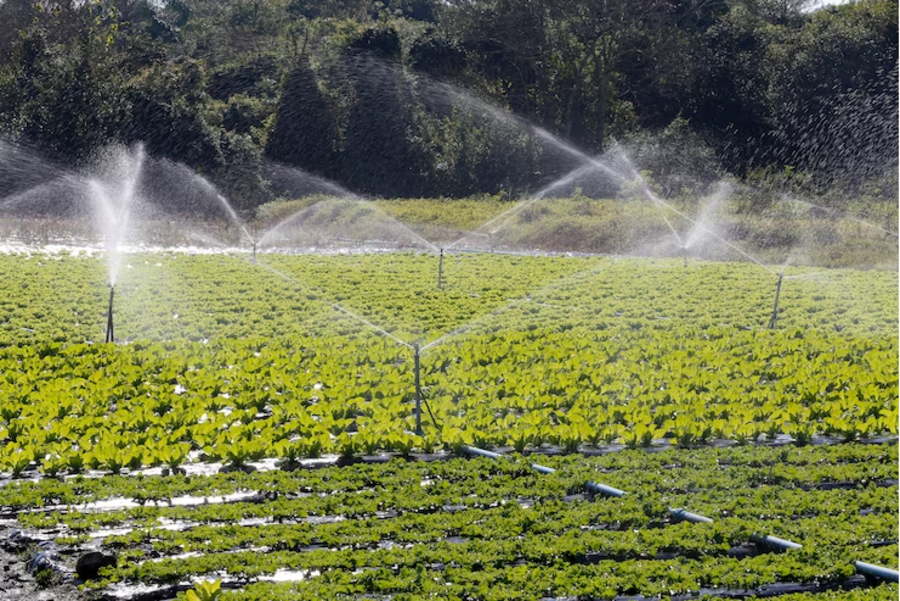
Benefits of Irrigation Systems
Irrigation systems offer several benefits for farmers, including:
Increased crop yields: Irrigation provides crops with the water they need to grow and mature, leading to higher yields and better quality produce.
Improved soil health: Irrigation can help improve the structure and fertility of soil by adding the water needed for microorganisms to work and for plants to take in nutrients.
Increased flexibility: Irrigation systems allow farmers to grow crops in regions with unreliable rainfall or during periods of drought.
Reduced labor costs: Automated irrigation systems can save time and labor, freeing up farmers to focus on other tasks.
Improved water management: Irrigation systems can help reduce water waste and ensure that water is used efficiently.
Designing an Efficient Irrigation System
To make an irrigation system that works well and lasts, you need to plan it out carefully and think about a number of things, such as:
Water source: The type and availability of the water source will dictate the type of irrigation system that is most appropriate.
Soil type: Soil type will affect the rate at which water is absorbed and stored, as well as the distribution of water throughout the field.
Crop type: Different crops have different water requirements, and these must be taken into account when designing an irrigation system.
Topography: The slope and shape of the land will affect how water flows and which irrigation methods will work best.
Best Practices for Sustainable Irrigation
Farmers should follow these best practices to make sure that their irrigation systems will last and won’t hurt the environment:
Use water efficiently: This means applying water only when necessary and avoiding over-irrigation.
Monitor soil moisture: Regular monitoring of soil moisture levels can help farmers determine when and how much water to apply.
Minimize water loss: You can do things like use mulch, limit evaporation, and cut down on runoff to minimize water loss and make your system more efficient.
Use recycled water: Using recycled water, such as wastewater or drainage water, can reduce the demand for fresh water and reduce the environmental impact of irrigation.
Conclusion
In the end, irrigation systems are an important part of modern agriculture because they help farmers give crops the water they need to grow and mature.
Farmers can get the most out of their crops, improve soil health, and save water for future generations by using the right irrigation method and following the best practices for efficient and sustainable irrigation.
Also Read:
Crop Monitoring System: The Key to Increased Efficiency and Profitability in Agriculture

